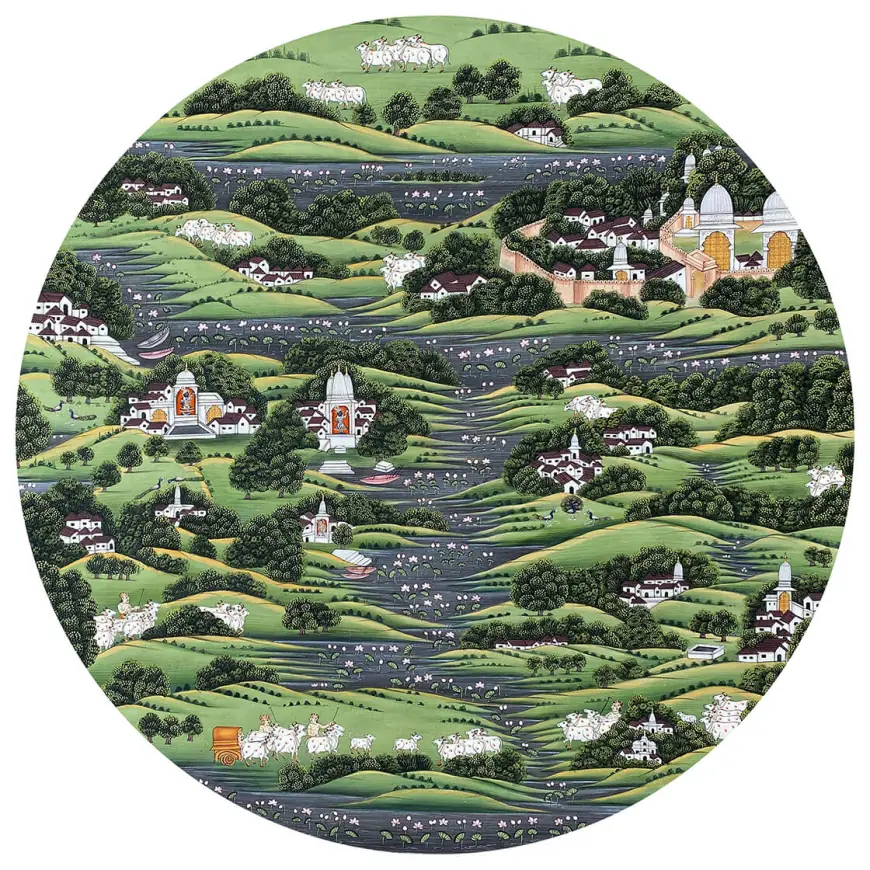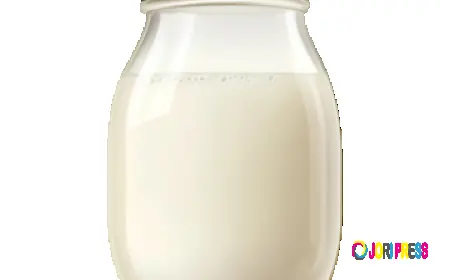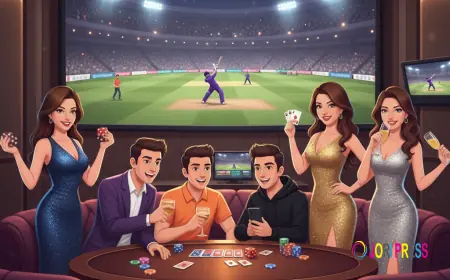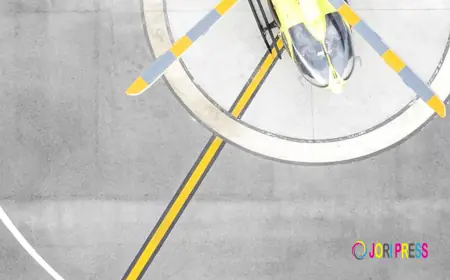Exploring the Soul of India Through Indian Traditional Art Painting
The charm of Indian Traditional Art Painting lies in its ability to connect history, culture, and emotion. From the intricate Madhubani of Bihar and the tribal Gond of Madhya Pradesh to the spiritual Pichwai of Rajasthan, each painting style tells a story that goes beyond decoration. What makes them special is not perfection, but the devotion of artists who use natural colors and handwork to bring these stories alive. Today, organizations like Pichwai Tradition And Beyond are helping preserve these traditions while giving them space in modern homes and galleries. In a fast-moving world of digital images, these paintings feel timeless — reminding us of our roots, slowing us down, and filling spaces with warmth, culture, and meaning.

First Time I Noticed Indian Traditional Art Paintings
I’ll be honest. I never really thought much about old paintings. For me, art was just something you saw in a gallery and moved on. But that changed when I saw my first Indian Traditional Art Painting during a visit to Rajasthan. It wasn’t in a big museum, just a small shop tucked away in a street. The painting had so many details — cows, lotuses, peacocks — and all of it felt alive. That was the moment I realized this art isn’t just about looks, it’s about emotion.

What Makes Indian Traditional Art Paintings So Unique
The beauty of Indian Traditional Art Painting is how diverse it is. Madhubani in Bihar, Gond in Madhya Pradesh, Warli in Maharashtra, and the grand Pichwai from Rajasthan — each has its own charm. What’s interesting is that these paintings are not only about decoration, but also about telling stories. Some capture daily village life, some show gods and festivals, and others celebrate nature. Every line, every color feels like it has something to say.
Why It Still Connects With People
There’s something very human about these works. Unlike modern prints, most Indian Traditional Art Painting is done by hand. The artists spend days mixing natural colors from flowers, stones, or even rice powder. The brushstrokes aren’t always perfect, but that’s what makes them special. It feels real. And when you look at it, you don’t just see an image — you feel the patience and devotion that went into it.
Preserving the Tradition for the Future
I also found out that many groups are working to keep this art alive. One of them is Pichvai Tradition And Beyond. They not only support traditional artists but also give them a platform to reach people who otherwise may never know about this art. It’s not about freezing the past — it’s about carrying it forward in a way that makes sense today.

Why I Think It Still Matters
In a world full of digital screens and quick images, Indian Traditional Art Painting feels like a slow breath. It reminds you of culture, of roots, of simple beauty. A Madhubani fish, a Warli dancer, or a Pichwai lotus can completely change the mood of a room. More than that, it makes you stop for a second. And in today’s busy life, that’s rare.
Closing Thoughts
For me, Indian Traditional Art Painting is no longer “just art.” It’s a bridge to the past and a gentle reminder that tradition still has a place in modern life. And maybe that’s why, even after centuries, it still feels alive, relevant, and deeply human.
What's Your Reaction?
 Like
0
Like
0
 Dislike
0
Dislike
0
 Love
0
Love
0
 Funny
0
Funny
0
 Angry
0
Angry
0
 Sad
0
Sad
0
 Wow
0
Wow
0















































